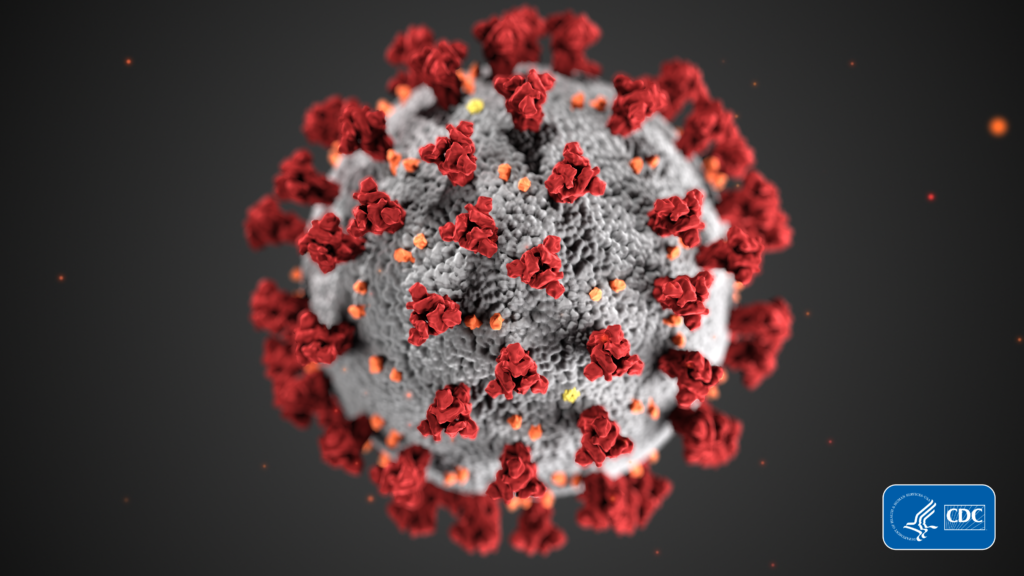As hospices contend with the persisting outbreak, providers are also taking their early steps into the value-based care environment with COVID-19 often complicating the process. The winds of uncertainty billowing from the coronavirus pandemic continue to have sweeping impacts on health care delivery in the United States.
Taking effect Jan. 1, the value-based insurance design (VBID) demonstration project represents both opportunity and vulnerability for hospice providers. Commonly called the Medicare Advantage hospice carve-in, the demonstration is intended to increase access to hospice services and facilitate better care coordination among patients’ hospice providers and their other clinicians, according to the U.S. Centers for Medicare & Medicaid Services (CMS).
While not a new concept in the health care system, value-based care is new to the hospice industry. Payers and providers alike are weighing the potential risks and benefits compared to the traditional fee-for-service Medicare benefit.
“During this unprecedented time, we must seize the opportunity to build a more sustainable delivery system and transition to value-based care,” said Brian Pieninck, president and CEO of CareFirst BlueCross BlueShield during its recent virtual event. “Health care is in desperate need of transformation. Costs are too high, quality lags, and access and outcomes vary widely. The COVID-19 pandemic has further exacerbated these existing challenges.”
Within a value-based payment arena, hospice providers accept more financial risk associated with caring for patients in exchange for incentives for improving quality or reducing costs. Also beginning in 2021 are the Center for Medicare & Medicaid Innovation’s Primary Cares initiative, including the Serious Illness Population payment model and direct contracting options.
COVID-19 has already strained some of these efforts. CMS postponed the start of the performance period for the Serious Illness Population payment model and direct contracting models until April 1 due to the pandemic. Advocates such as the National Hospice & Palliative Care Organization have called on CMS to also delay the hospice carve-in’s implementation to give providers more time to prepare in light of the pandemic’s strains. Nevertheless the program launched as planned on Jan. 1.
“Part of the challenge right now is that everyone’s overwhelmed with COVID, and the data collection and reporting [associated with value-based programs] take some time,” said Melinda Abrams, senior vice president of the Commonwealth Fund’s Delivery System Reform and International Health Policy programs. “Value-based care is about thinking through the right glide path, having a certain amount of technical systems and having a certain amount of capital to actually make that transition.”
The ability to track data on patient outcomes and experiences will be crucial to gaining payer interest and demonstrating the value proposition of hospice services in a value-based landscape, along with strong referral partnerships. Collaborating with varied payer sources will be another key.
The VBID demonstration project is off to a small start in its first year, with 53 participating Medicare Advantage plans covering about 8% of the market. Mixed incentives and mixed signals are some of the factors that may be leading to slowed progress of value-based care, according to Dana Safran, senior vice president of value-based care and population health at WELL Health Inc.
“There was a period of time where health system leaders, in particular the [chief financial officers (CFOs)], felt like there was clarity, that we were moving toward value payments and away from fee-for-service payments and they needed to make that investment, they needed to get ready and they needed to make that shift,” said Safran. “That clarity no longer exists.”
According to Abrams, continued research and evidence-based metrics based on outcomes rather than processes are needed to better define what is high-value care versus low-value care in order for providers to make a smoother transition into new payment models.
“One of the loudest cries that we hear from providers is not just the differences across payers, but also the number of measures,” said Safran. “Our measures of process of care are measuring the things that are done, not the results of those things. At the end of the day, if we don’t have great measures of outcome, we are really stymied because we won’t know other than with cost if we have achieved the health outcomes that we are trying to achieve.”
Companies featured in this article:
CareFirst BlueCross BlueShield, Commonwealth Fund, MedStar Health, National Hospice & Palliative Care Association, WELL Health



